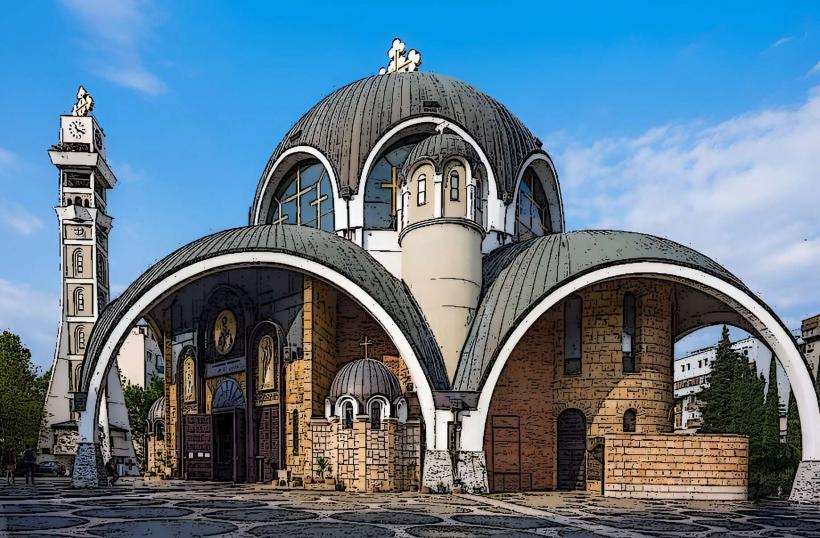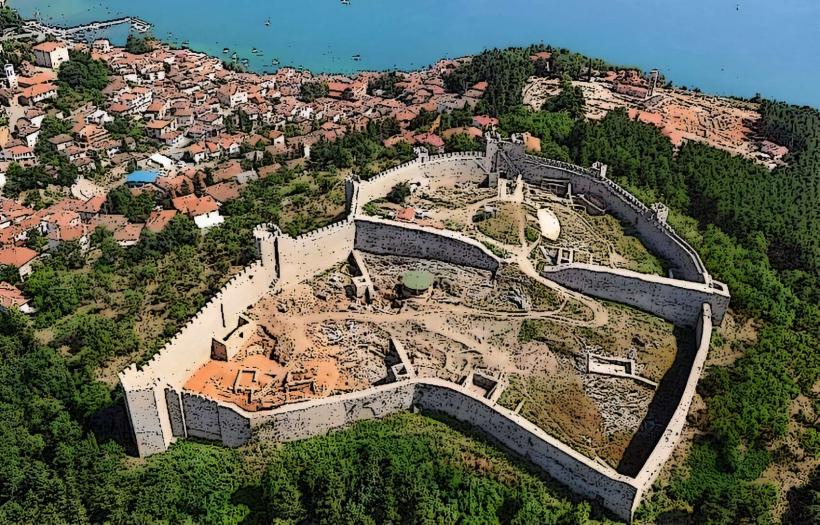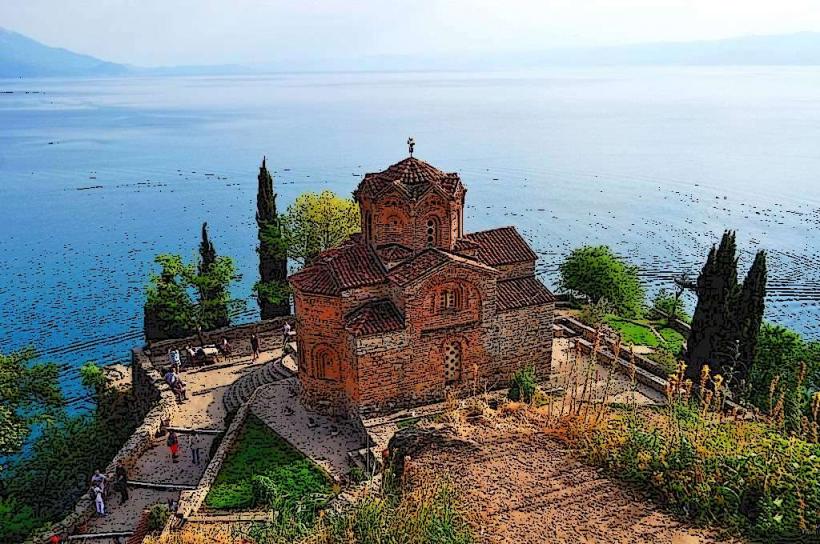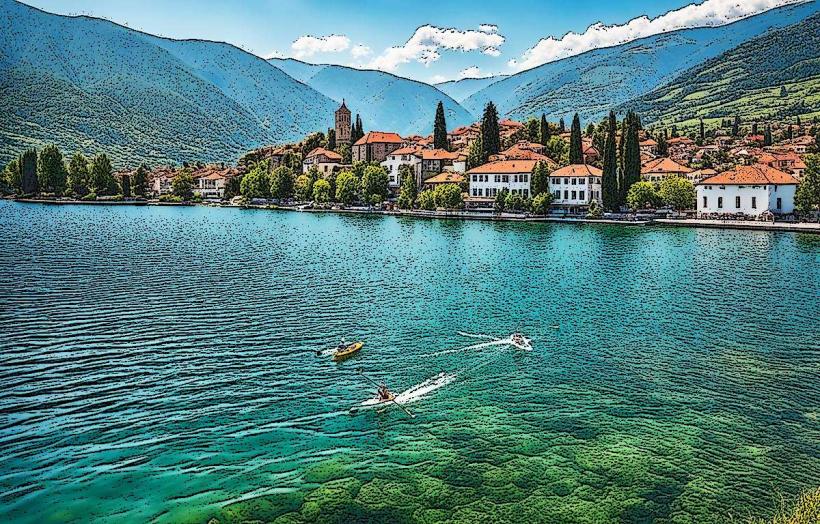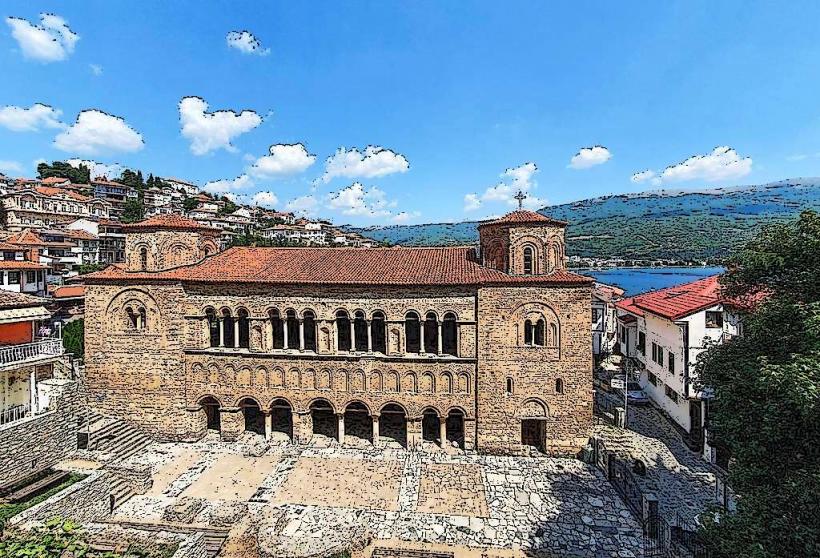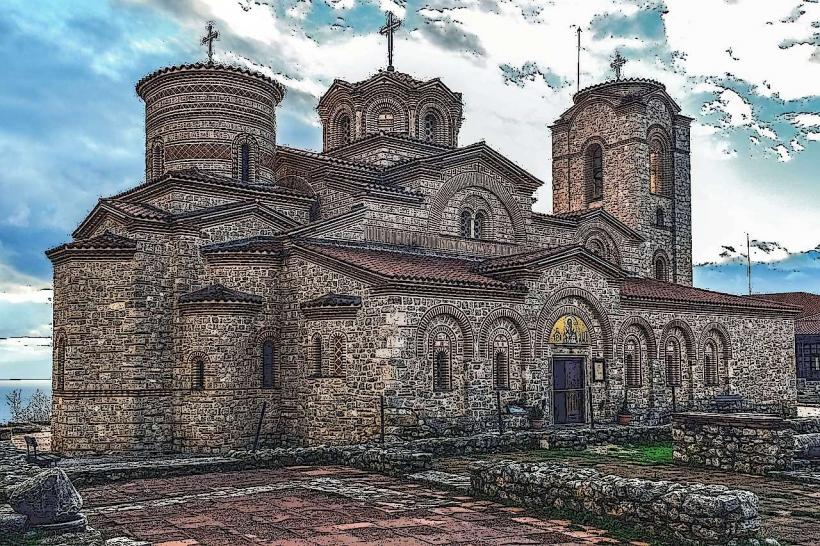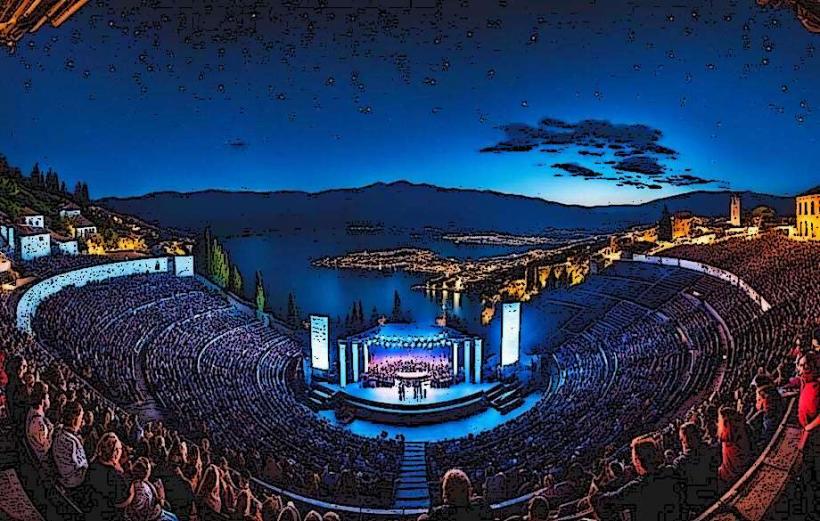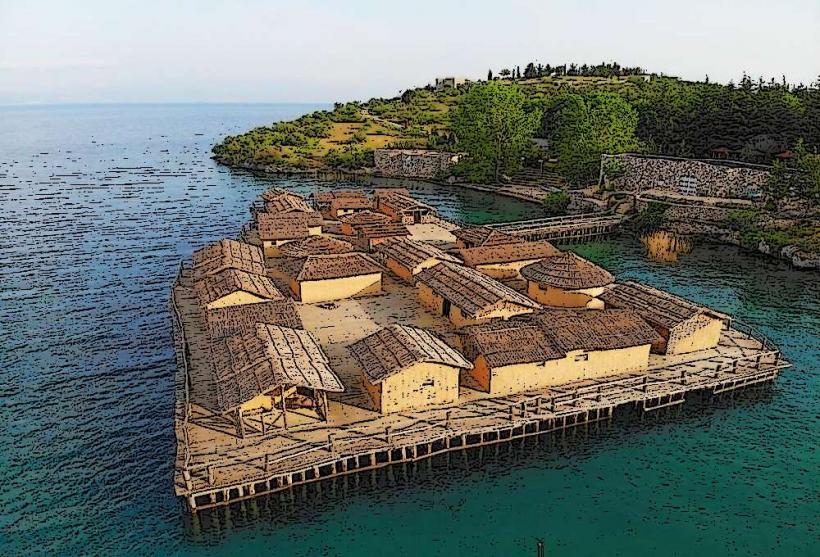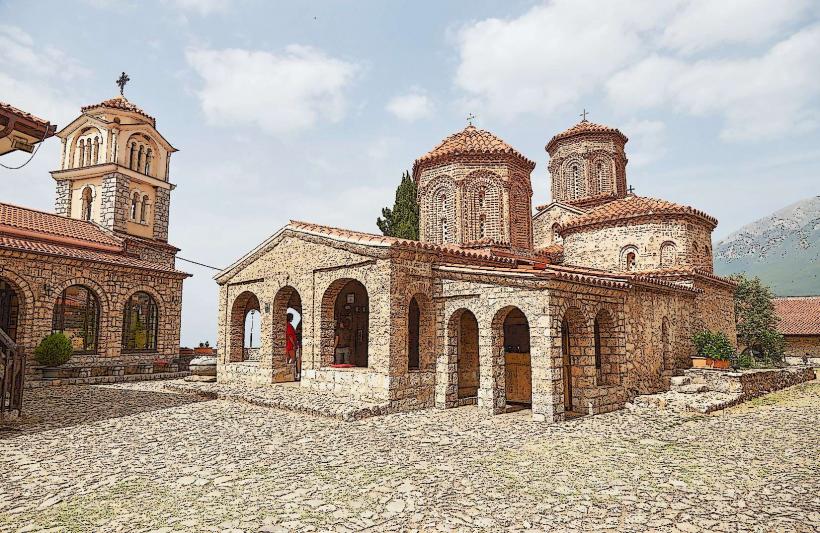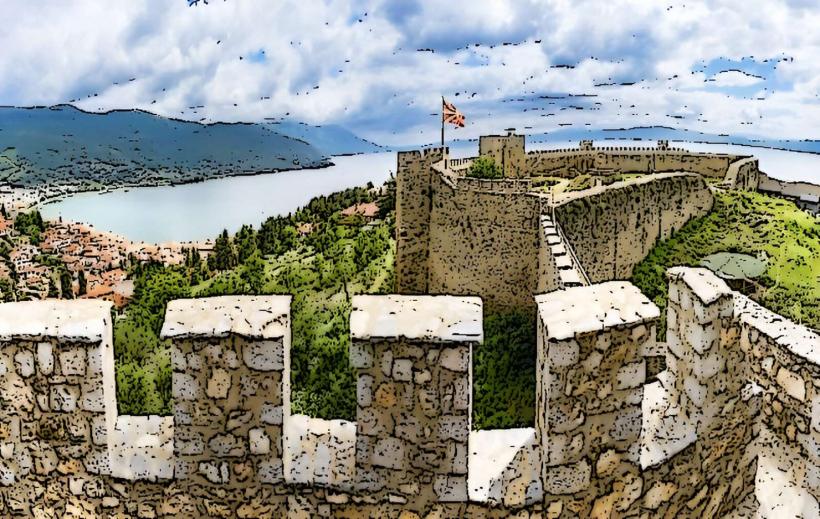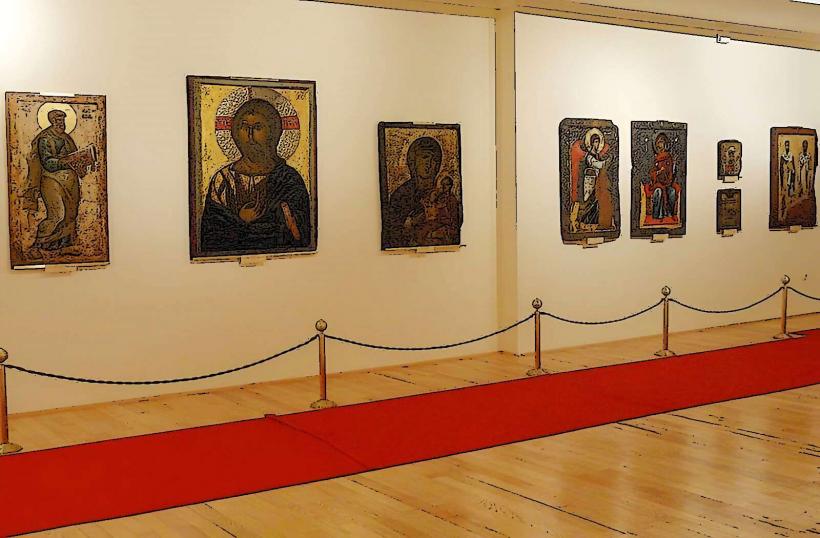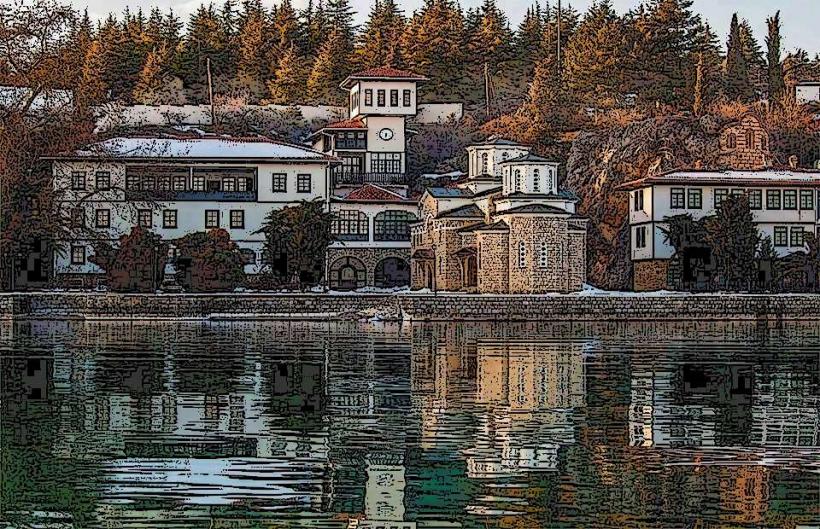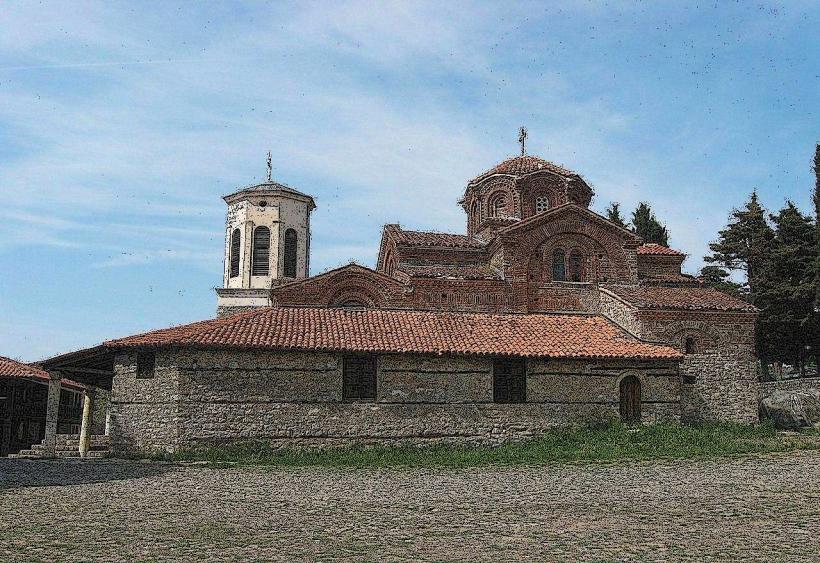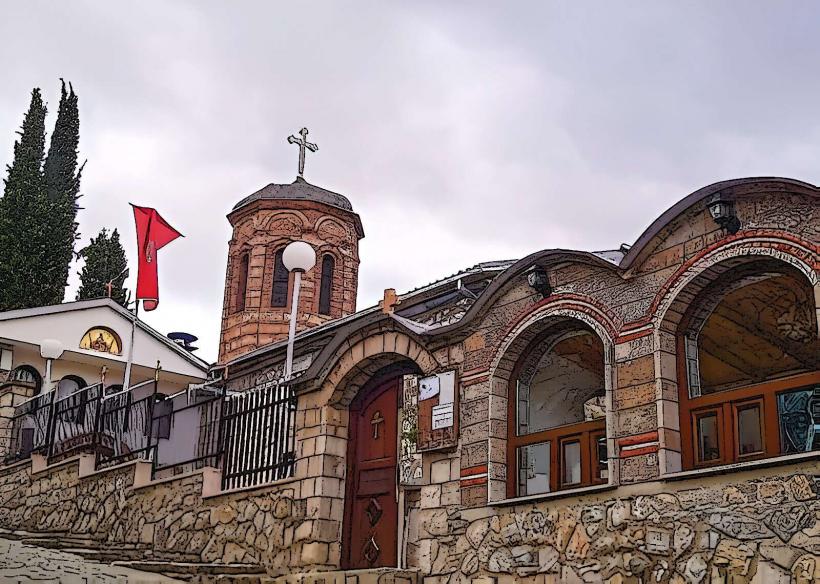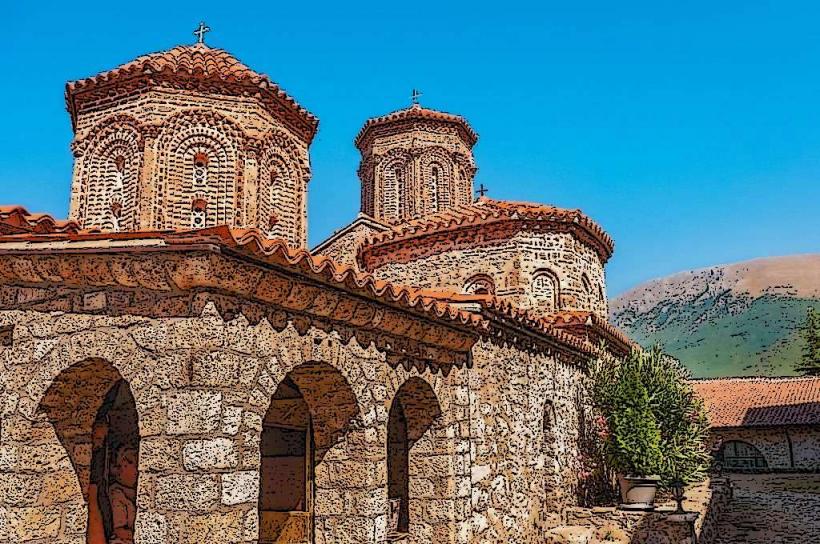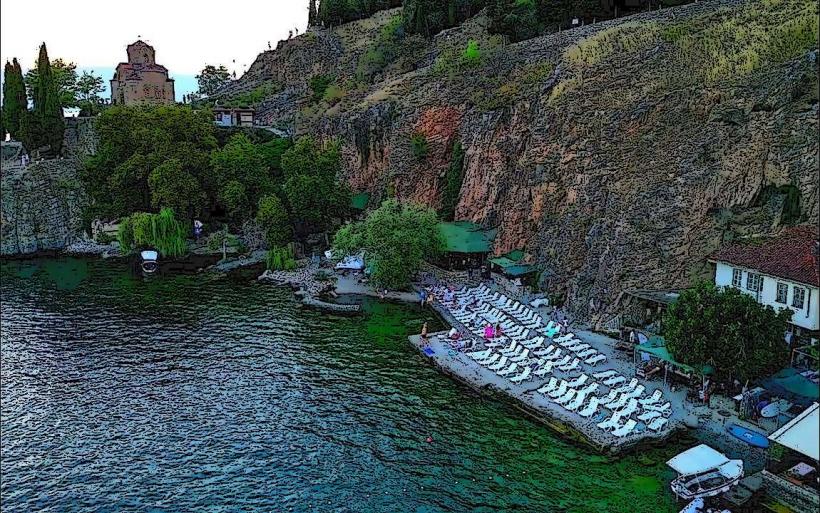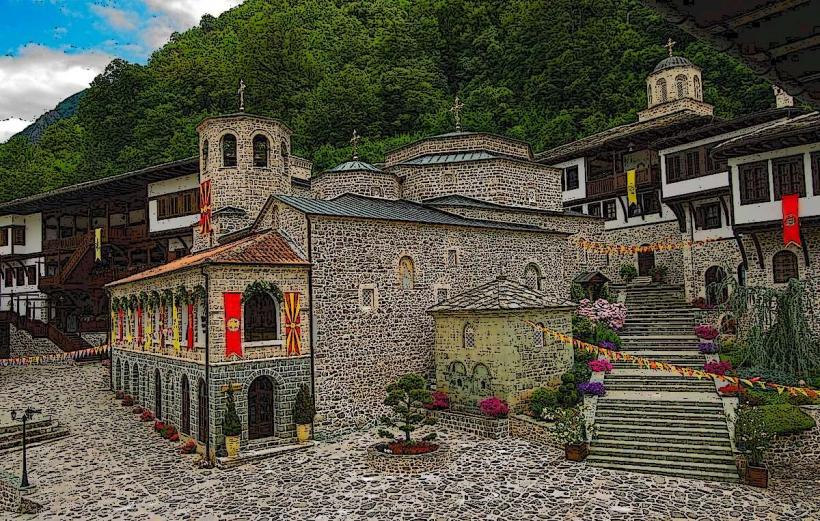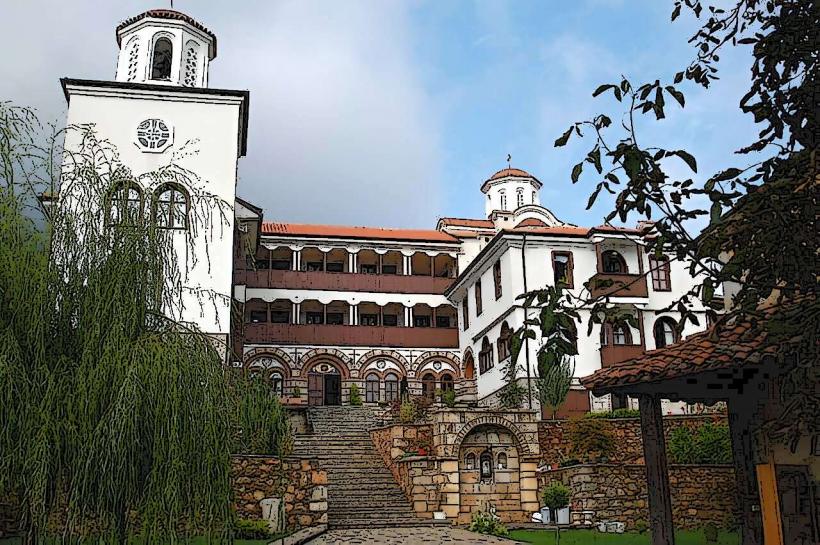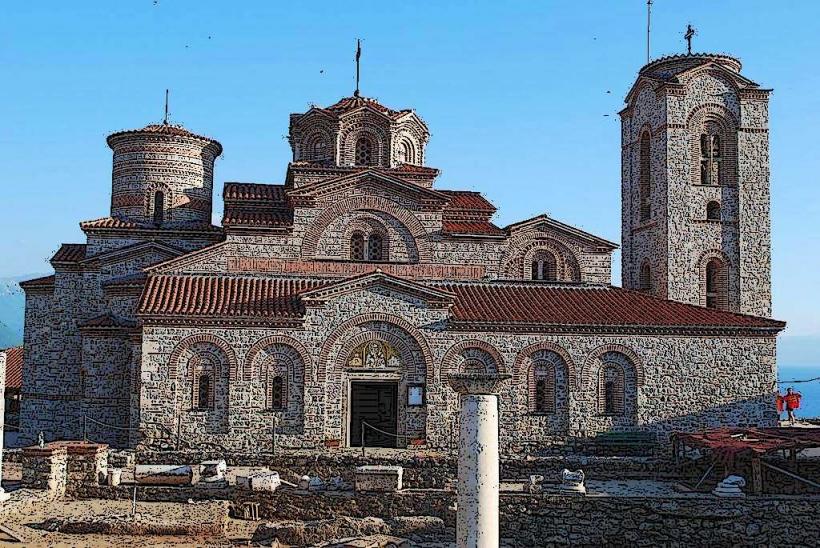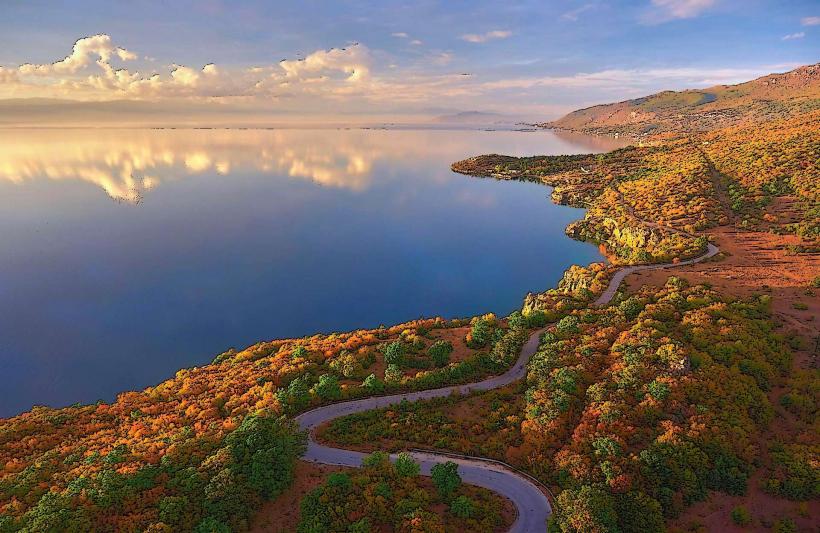Information
Landmark: Church of St. EliasCity: Ohrid
Country: North Macedonia
Continent: Europe
The Church of St. Elias is a notable Orthodox Christian church located in Ohrid, North Macedonia. It is one of the many historically and religiously significant churches in this UNESCO World Heritage city, which has a rich religious and cultural history, especially from the Byzantine and medieval periods.
Overview:
- Location: The Church of St. Elias is situated on the southern slopes of Mount Galichica, overlooking Lake Ohrid. This location offers stunning views of both the lake and the town of Ohrid itself.
- Dedication: The church is dedicated to St. Elias (or Elijah), a prophet in the Abrahamic religions, particularly revered in Christianity, Judaism, and Islam. St. Elias is often seen as a spiritual figure who bridges the Old Testament and New Testament teachings.
History:
- Founding: The exact date of the church's establishment is not definitively known, but it is believed to have been built during the medieval period, likely in the 12th or 13th century. The church's architectural style is a combination of Byzantine and Slavic traditions, typical of many churches in Ohrid during this time.
- Reconstruction and Renovations: Like many churches in the region, the Church of St. Elias has undergone various renovations and repairs, especially during the Ottoman era and more recently in modern times. These efforts have ensured its preservation as an important historical and religious site.
Architecture:
- The Church of St. Elias follows the typical Byzantine architectural style with a cross-in-square design. It features a nave, apse, and a dome, which are characteristic of Byzantine churches.
- The church is built of stone and brick, common materials used in medieval Ohrid architecture. Its construction is relatively modest, though it is still an impressive structure with beautiful decorative details.
- The iconostasis (the screen that separates the altar from the main body of the church) and the interior frescoes are some of the notable features, showcasing religious art from the medieval period.
Frescoes and Iconography:
- Like many other Orthodox churches in Ohrid, the Church of St. Elias is known for its frescoes and icons. The interior of the church is adorned with paintings that depict scenes from the Bible, the life of Christ, the Virgin Mary, and various saints, including St. Elias.
- The frescoes are particularly important in understanding the religious art of the period, reflecting Byzantine and medieval Christian iconography. Many of the frescoes in the church are attributed to the Ohrid school of painting, which was famous during the medieval era for its distinctive style.
Religious Importance:
- The Church of St. Elias is an active place of worship and plays an important role in the Orthodox Christian community in Ohrid and the surrounding area. It is regularly used for church services, especially during the feast day of St. Elias, which is celebrated on July 20th in the Eastern Orthodox Church.
- The church is also significant for its spiritual connection to the local community, offering a space for prayer, reflection, and pilgrimage.
Surroundings:
- The Church of St. Elias is located in a serene and picturesque setting, providing a peaceful environment for visitors and pilgrims alike. The views from the church overlook Lake Ohrid to the north and Mount Galichica to the south, enhancing the spiritual experience of visiting the site.
- The church’s location also makes it a popular destination for hiking and nature walks, as visitors can enjoy the natural beauty of the area while exploring the rich history and culture of Ohrid.
Conclusion:
The Church of St. Elias is a significant historical and religious site in Ohrid, North Macedonia, embodying the rich Byzantine and medieval heritage of the city. Its architectural style, frescoes, and spiritual significance make it an important destination for those interested in religious history, art, and the cultural heritage of the Balkans. It serves not only as a place of worship but also as a reflection of the broader historical and artistic legacy of Ohrid, a city renowned for its religious and cultural importance in Eastern Orthodoxy.

